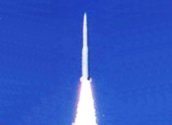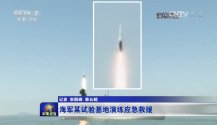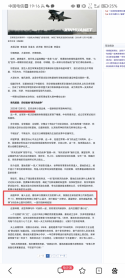The first thing that pops up when you google "F-18 SM-6" is a photo of whatever that resembles a Standard on an F/A-18. It's not the SM-6 though, my mistake there, since it doesn't have the Mk72 booster.
I'm pretty sure I specifically stated "full-bore HHQ-9" there. By yours reply I inferred that you have photos/diagrams of the HQ-26/HQ-29/HQ-19 or whatever is its designation and the rounds these systems field are full-bore. For reference, this is how a full-bore looks like:
View attachment 117595
Specifically, the SM-3 Blk IIB is what I'm referring to. I can only find pictures of the HHQ-9B on the net, which is unlike what depicted above, and I can only speculate on whatever an ABM round fielded for the HQ-9 will be similar to those developed by the Russians. None of which are full-bore. 77N6 still have a giant booster section that slopes inward.
As for HQ-9 on fighters, it could be possible if, ya know, rip off the booster. Being high in the clouds certainly takes care of that. Like how AMRAAM has 100km from a fighter but 19km from a NASAMS launcher. But certainly that is too far-fetched, I agree ( although, if my memory doesn't fail me, then the missiles fielded on the S-400/500 are two-stage).









